Short Answer:
Long Answer:
Buenos Aires is deceptively tricky for English speakers to pronounce. Why? Because it has two sounds that are absent from English and all five Spanish vowels. b r + u e o a i To start, English speakers will probably sound something like this:
Everything is off. The individual sounds, the linkage of the sounds, the syllable stress, intonation, tongue lip and mouth positions, etc. But first, why care about pronunciation? You don't have to. It's your choice. I just find it illogical to learn a language without caring for how one sounds like. Good pronunciation increases the likelihood of being understood, of being liked; it improves the effectiveness of daily comms, and it’s silly to learn. But for strange reasons, people tend to tense up when it comes to their voice. They think it's fixed and permanent (not true) and attach it to their identity. Let's challenge this. First, you don't even perceive your voice as others do. You hear yourself mostly through bone vibrations in the skull, while others hear you through sound waves through the ear canals. Your voice sounds deeper, richer and more resonant to you than for others or on a recording. Second, voice is a series of micro-behaviors. Nothing more, nothing less. Sure, there are physical constraints: length of throat, thickness of vocal folds, size and shape of nasal and oral cavities. But within those constraints, there is a sky-high atrium for adjustment. Just like you can change how you walk, you can change how you talk and sound like. It just takes practice and awareness. Third, it's not your fault. Traditional classrooms de-prioritize speaking relative to the other three modalities: listening, reading, and writing. Pronunciation doesn't receive the same rigor as vocabulary and grammar, likely because it's harder to test for. The true test of pronunciation is how well you are understood by other people. Just like the true test for intelligence is not an IQ test but how effectively you can get what you want out of life. While there isn't a right/wrong, there is often a more/less effective. Pronunciation is a subset of broader communicative practices that include hand gestures, body posture, volume of speech, facial expressions, and choice of slang. Like all communication, there are limits to how much you can deviate from the norm before being misunderstood. And it's worth figuring out what those boundaries are. Just to be clear, the question we're trying to answer is not how to say Buenos Aires in American, British, Australian-English, or whatever English dialect you've picked up. That's easy. The question we're trying to answer is how to say Buenos Aires the way someone from Buenos Aires would say it. That's far more interesting. Ready?
My aim is to make this as logical as possible. And only introduce buzzwords, notations, and concepts when it will absolutely help you, or when the short-term disarray of one more association pays off in long-term understanding.
A Quick Note on Notation: We will use IPA shorthand to describe sounds. If I keep repeating "the English b sound" or "the Spanish b sound"— it gets redundant fast. The IPA notation offers concision. Every sound is matched with a unique symbol, usually a Roman or Greek letter. It's pretty intuitive.
IPA = International Phonetic AssociationBuenos Aires has 4 syllables: bue–nos–ai–res.
We will start from the first and work our way to the last.
Then we'll bring the syllables together in a natural and cohesive way. Finally, add an Argentine flair so that you sound like a porteño.
porteño = a person who lives in Buenos Airesb in bue:
The Spanish ‘b’ sound is symbolized as /β/. Colloquial | IPA Symbol English b | /b/ Spanish b | /β/ English v | /v/ English w | /w/ Positionally, /β/ is between /b/ and /v/.
It may sound like a /w/.
While /β/ doesn't technically exist in English, there are several ways to make the sound. 1. Place every vocal organ into its absolute proper position. Give it an adequate airflow, and guarantee the sound, in theory.
2. Alternatively, start with a sound you already know, then step-by-step morph it into the new one.
For example, start with /b/.Then, while in /b/ position, make /v/ but stop halfway in between. Or reverse. Start with /v/, like 'very'. Lower lip touches upper teeth. From that position make /b/ . Leave a slight gap between the lips. Lips no longer touch teeth.
Listen to enough Spanish and you might notice that the B sounds different depending on where it is in the sentence. When it is the first word in a sentence or after a pause, the B sounds like /b/, in 'bat'. If it is in between words or in the middle of a sentence, then it sounds softer like /β/. The one caveat is nasal sounds. After /n/ or /m/, B sounds like a hard /b/. Examples: 1. Buenos Aires /ˈbwe.nos ˈai.ɾes/ 2. en Buenos Aires /en ˈbwe.nos ˈai.ɾes/ 3. de Buenos Aires /de ˈβwe.nos ˈai.ɾes/
Now is a good time to introduce phonetic notation. Phonetically, we can write Buenos Aires as: ˈβwe.nos ˈai.ɾes • The . separates one syllable from another • The ˈ indicates that the next syllable is stressed • The space separates words, just like in normal writing • The wacky symbols are IPA notation
en Buenos Aires
Since it is after a nasal (/n/ in en), B is pronounced /b/de Buenos Aires
Since it is after a non-nasal, B is pronounced /β/
/de ˈβwe.nos ˈai.ɾes/The B and V are exactly the same. There is no difference. When Spanish speakers are asked over the phone to spell B or V, they have to specify /β/ larga or /β/ corta. Beware of projection. We often hear what we expect to hear. So if we know a priori that Vamos starts with a V, then we're more likely to hear /v/ even if in reality it sounds like /b/.
u in Bue
Let me introduce a vowel chart. The vowel chart maps sounds by tongue position. By splitting the oral cavity (ie. your mouth) into vertical and horizontal axes— it lets us map vowels onto a coordinate plane.
You can get a sense of where each of these spots are by voicing the following words:
There are actually three criteria that makes up a vowel sound. The aforementioned two axes of the tongue plus the roundness of the lips.
For /u/, the tongue is high and in the back of the mouth and the lips are rounded.
/u/ sounds like 'oo' in 'igloo'
e in Bue
Tongue Height: Mid-high Tongue Backness: Front Lips: Spread Out /e/ is like 'ay’ in 'say' Unlike the English ‘e’— /e/ is pure. It doesn’t glide into another vowel. What this means is take the first 0.1 seconds of ‘ay’ in 'say' and stop there. Your lips and jaw do not move. When combining /u/ and /e/, simply move from one position to the next. Fast enough to form one syllable. But do not blend them into one sound like in English.
n in Nos
/n/ is the same as in English.
o in Nos
Tongue Height: Mid-high Tongue Backness: Back Lips: Rounded /o/ is like ‘o’ in 'so' but shorter. The first 0.1 seconds in 'so'. A quick, rounded ‘aw’. Like /e/, the /o/ is a pure vowel. Means the tongue and mouth stays still. Unlike English, it's not elongated.
s in Nos
/s/ is the same as in English. One caveat. It is linked to the next word. Linking: when a sound at the end of one word is connected to the beginning of the next word. Bue-nos-ai-res becomes bue-no-sai-res Why? Ease of flow. — In Spanish, the rule is to create as many open syllables as possible, that is, syllables that end in a vowel. Bue-nos-ai-res -> bue-no-sai-res Resyllabification: when we shuffle the syllable boundaries around to reflect natural speech.
A Quick Note: The IPA isolates sounds. So does the Alphabet song. But spoken language is composed of continuous frequencies.
One sound blends into the next. One mouth position transforms to the next.
Discretizing sounds into symbols allows us to talk about them. That lets us target a specific area. But we mustn't confuse phonemes with real speech.
Phoneme: an isolated sound as a unit of speech defined by the IPAa in Ai
Tongue Height: Low Tongue Backness: Front-center Lips: Spread out /a/ is the 'ah' in 'spa'. Colloquial | IPA Symbol a in ate | /eɪ/ a in apple | /æ/ Spanish a | /a/ a in spa | /a/ It’s lower than /eɪ/ and /æ/. It's more like 'uh' than 'ah'. Try to pause in the middle of the word 'bus'. That 'uh' sound is how low your tongue should be. Then slowly spread the lips to transform the 'uh' into an 'ah'.
i in Ai
Tongue Height: High Tongue Backness: Front Lips: Spread Out /i/ is a piece of cheese The 'ee' in beet
r in Res
/ɾ/ is a nightmare Colloquial | IPA Symbol English r | /ɹ/ Spanish r | /ɾ/ Spanish rr | /r/ English t | /t/ English d | /d/ It doesn't sound like /ɹ/, the English r. It's more like a soft /d/ or /t/ in 'table'. Say the word 'table'. Notice where the tongue is at /t/. It should be touching the roof of the mouth, just behind the front teeth. This spot is called the alveolar ridge. It's far more forward and higher than you think.
e in Res
We already covered /e/.
s in Res
Drop the /s/ in rapid speech. Unless there's a pause afterward, then /s/ is pronounced. Unless the speaker trails off... then /s/ is dropped.

Personally, having spent two months in Argentina — about half the time I hear the final /s/ in Buenos Aires; half the time I don't.

Practice:
Male (/b/, /s/ kept)
Male (/β/, /s/ kept)
Male (/b/, /s/ drop)
Female (/b/, /s/ kept)
For me, personally:
How it started:How it's going:
End.
The rest of the piece will explain a few nuances and how to infuse a Buenos Aires spirit through syllable stress, melody, and vibe. It is not necessary for the pronunciation of Buenos Aires. There's more... In 1% of cases, we drop the first /s/ in Buenos.
Quevedo omits both /s/— in Buenosand in Aires. Listen closely. Sounds like: WEN-NO EYE-DE
Which of the four syllables do we emphasize? The 1st? 2nd? 4th? Are they all the same? Let's look at an example.
This is a pitch diagram.
As we can see, the pitch on the 3rd syllable 'ai' is higher than the others. What about volume?
Like in pitch, the point of emphasis is on the ‘ai’. Another example:
The pitch goes up after ‘ai’ and stays up. The volume is pretty consistent but there is a slight emphasis on the 'ai’ syllable.
Compare this with my English-accented rendition of Buenos Aires:
Pitch
Volume
It's lacking an emphasis on the 'ai' Summarizing the differences:
This is an intonation pattern.
A series of pitch changes.
Try to get a sense of the intonation patterns in Rioplatense Spanish:🇦🇷 Hola, Leo. ¿Cómo estás? ¿Todo bien? Ehm, estoy acá con mi amiga, Jessica. Vamos a ir a un bar. ¿Querés venir? 🇺🇸 Hi, Leo. How are you? Everything good? Umm, I am here with my friend, Jessica. We are going to a bar. Want to come?
🇦🇷 Ay, no te puedo creer... pobre... no.. sí está tremendo.. pero bueno, de a poco. 🇺🇸 Oh, I can't believe it… that's rough… no… yeah, it's intense… but hey, little by little.
🇦🇷 ¿Sabe lo que te digo? Yo pienso que aparte que estar agradecidos, hoy es un día para recorder las cosa buenas que tenemos. 🇺🇸 You know what I'm saying? I think that besides being grateful, today is a day to remember the good things we have.
Listen to these two. Can you spot something?
It's very Italian. Quick history lesson. Rewind to the late 1800s/early 1900s. Argentina had too much land and too little labor. They were desperate for people. A free 25 hectares (= 47 football fields) to any family who immigrated here. In Article 25 of the Constitution: "The federal government will encourage European immigration; will not be able to restrict, limit or impose any tax on the entry into Argentine territory of foreigners whose purpose is to cultivate the land, improve industries, introduce and teach the sciences and the arts." Meanwhile Italy was suffering from: Poverty, lack of jobs, low wages, multiple crop failures, low grain prices, the Phylloxera epidemic — whilst experiencing a huge population boom (5–7 births per woman). Result: 2M Italians immigrated to Argentina between 1880–1920.
In 1914, 1 out of 4 people from Buenos Aires were Italian-born residents. Today, 3 out of 5 have Italian heritage. Therefore Italian influence is found in food, architecture, music, religion, slang, hand gestures, and as you'll see, the long fall.
The "Long Fall" is the quickest way to sound Argentinian.
It is an intonation pattern. A las dos
Retarde
The long fall has two parts:
1. an extended duration
Usually, stressed vowels are 1.5x longer than unstressed ones. But in a long fall, the stressed vowel is way longer than normal.2. a drop in pitch When you do a long fall, start higher than you normally would, then drop the pitch by a lot all within one syllable. In this example, the speaker is a man with a baseline pitch of ~135Hz. When he begins the long fall, his pitch goes up to 172Hz — entering female range — then drops down significantly to 145. Male range: 90 to 155 Hz Female range: 165 to 255 Hz

no long fall
w/ long fall
🇦🇷 Hola, ¿cómo estás? Estoy bien, ¿y vos? 🇺🇸 Hello, how are you? I'm well, and you?
Dude. Duude. Duuuuuuuude. Du-hu-hu-hu-de.
You can say the same word, You can imitate the individual sounds, syllable stress, rhythm and melody — yet there is still something missing. The Vibe. Amy explains:
💬 The vibe is feeling your way into what does it feel like? Where is your body is in space, time, and mentally? You're in New York. Close your eyes and imagine. You look to your left and see endless walls of buildings. You look to your right and endless walls of gigantic buildings. You look up and see a teeny-tiny slice of sky. That is your nature for the day. Maybe a tree bolted to the ground. What do you smell? First thing is garbage. Then pizza, and Chinese food, then urine, and pot, then more garbage. Human smells, and canine and horse that the cop is riding on. What do you hear? Traffic. Every language under the sun, moon and stars. Honking. People selling stuff. They're right next to you. A bombardment of senses.
💬 What are you going to do? You're going to carve out your territory. Carve out your space. Trumpet your sound. Your consonants will be clear and straightforward. This is me. This is my space. This is my territory. Use your Ts. You're not going to say whaa. WhaT. MounTain with a T. You're going to say awww, tawwk, caw-fee, wallllk. Use that famous line from Midnight Cowboy. Hey hey, I'm walkin' here!
What is the vibe of Buenos Aires?
Good question. It’s an elusive topic. Will try my best to describe. If you have an answer — please let me know.
Sunday afternoon, early spring.
You're in Parque Centenario, a large circular park in the middle of Buenos Aires. There’s a political demonstration happening on one side (of course), a tango couple rehearsing by the fountain, and a crowd gathered around a guy with bandoneón playing a Piazzolla score under a tree. Pigeons everywhere. The air smells like: hot dogs, weed, mate, and jacarandá petals. The sky is big and the sun is out. His name is Ignacio. Mid-30s, born and raised in Almagro. A part-time physical therapist, part-time Uber driver. He's sitting on a blanket under a sycamore tree, mate in hand, with his ex-girlfriend Lucía, who might still be the love of his life. They broke up six months ago but still see each other “just to catch up.” She brought chipas. He brought nothing but opinions. Today she is late because she got caught up in a motorcycle checkpoint. When she arrives, they embrace and kiss each other on the cheek. A dog comes and steals a medialuna.
Chaos, ups and downs
Day 1 I walk by Plaza de Mayo at night. 9 pm. Big party. Song and dance. Costumes. Thousands on the streets. As far as I knew, there wasn’t any special occasion. Day 2 Huge protest. Against slashing of pension programs by the new President. Watched a clip in class. One subway station I recognized got ransacked. Day 3 Go into the city to check out the aftermath. No trace. Like nothing ever happened. Zero chance you can tell there was a protest the day before or a party the day prior.
Dale vs Vale
Vale means "okay" in Spanish. It's a filler word. Very common. Dale is the Argentine variant. They both mean "ok".... but Dale feels stronger, action-based. Vale = sure, yep, understood Dale = yes, let's go, onward!
Voseo vs Tuteo
Argentines use vos for 'you'. Vos feels more direct. Tú | Que piensas? = Soooo what might one think? Vos | Que pensás = Tell me. What do you think? Vos conjugations are similar to imperative form. Commands. Tú | Vos | Command Vienes | Venís | Vení Vení = Come here!
I asked two of my Spanish teachers to describe Buenos Aires:
Carlos: 🇦🇷 Buenos Aires es mi ciudad. Es una ciudad tal vez demasiado grande y es una ciudad muy estimulante, que siempre tiene actividades, pero yo a veces me siento un poco abrumado por la ciudad, abrumado quiere decir como... saturado o sorprendido por su cantidad de actividad, entonces por ejemplo me molesta el ruido de tránsito, por eso algunas personas dicen que Buenos Aires es demasiado activa y demasiado grande. 🇺🇸 Buenos Aires is my city. It’s a city that's sometimes too big, and it's a city that's very stimulating, where there are always activities, but sometimes I feel a little overwhelmed by the city, overwhelmed as in... overloaded or surprised by the amount of activity. For example, I am bothered by the traffic noise, and it's why some people say Buenos Aires is too active and too big.
Sandra: 🇦🇷 Buenos Aires es una hermosa ciudad. Me encanta porque tiene muchas construcciones, muchos edificios arquitectónicos europeos, si… muchos lugares turísticos para visitar que puede hacer al aire libre por ejemplo el Tigre, la reserva ecológica, también tiene muy… tenés muchas cosas que hacer a la noche — hay bares, cines y teatros, y también podés a la tarde ir a un parque, andar en bicicleta, hay muchísimas cosas que hacer entretenidas y divertidas en Buenos Aires. ¡Vení, te espero! 🇺🇸 Buenos Aires is a beautiful city. I love it because it has many buildings, lots of European-style architecture, and yes… many tourist spots where you can enjoy the outdoors, like Tigre, the ecological reserve... there are also lots of things to do at night— bars, movie cinemas, and theaters, and also, in the afternoon, you can go to a park, ride a bike… there are lots of entertaining and fun things to do in Buenos Aires. Come here, I'll be waiting for you!
They love to express their opinions
a clip from Canal 5 Noticias a Buenos Aires cable news channel.
And have fun
Bonus Content

Vocal chords in action:

The Papá Noel Effect
Pa-pá No-el
Pa-pá Nu-el or Papá Nwel
Thanks:
• Amy Walker (– 21 Accents) • Carlos Bevilacqua (@ Expanish) • Carlos Pamplona • Claudia Costas (– Clases con Clau) • Damián Szifron (– Relatos Salvajes) • Ellen M. Kaisse (@ U. of Washington) • Federico Hernán Gallo (– Spanish by Fede) • Gustavo Sylvestre (@ Canal 5 Noticias) • Joaquin Navajas • Maria Eugenia Molinari (– DiFilm) • Marianna Girgenti • Quentin Tarantino (– Inglourious Basterds) • Peter Isotalo (@ UCLA Phonetics Lab) • Pedro Luis Domínguez Quevedo • Sandra Karina Argañaraz (@ Expanish)














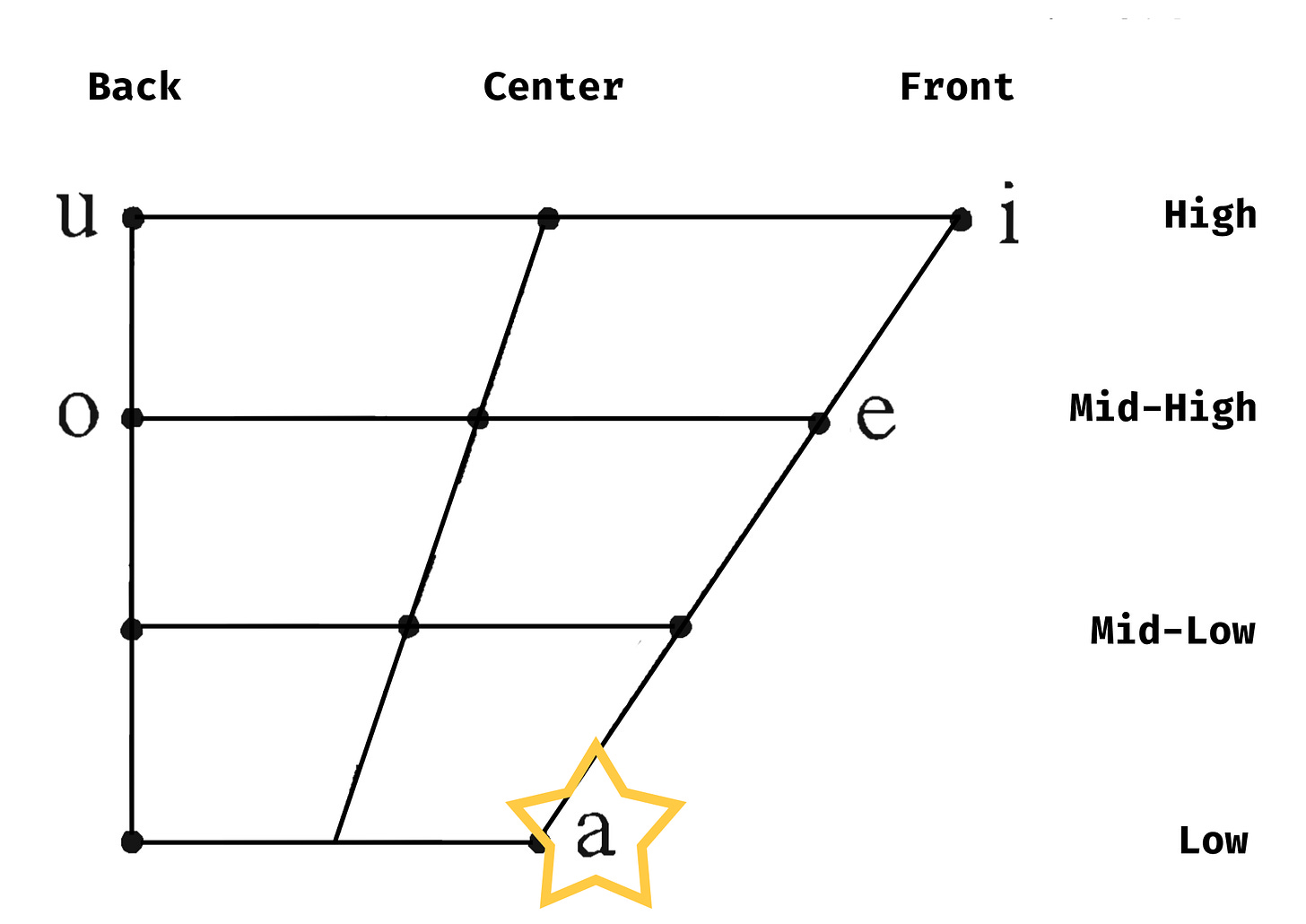



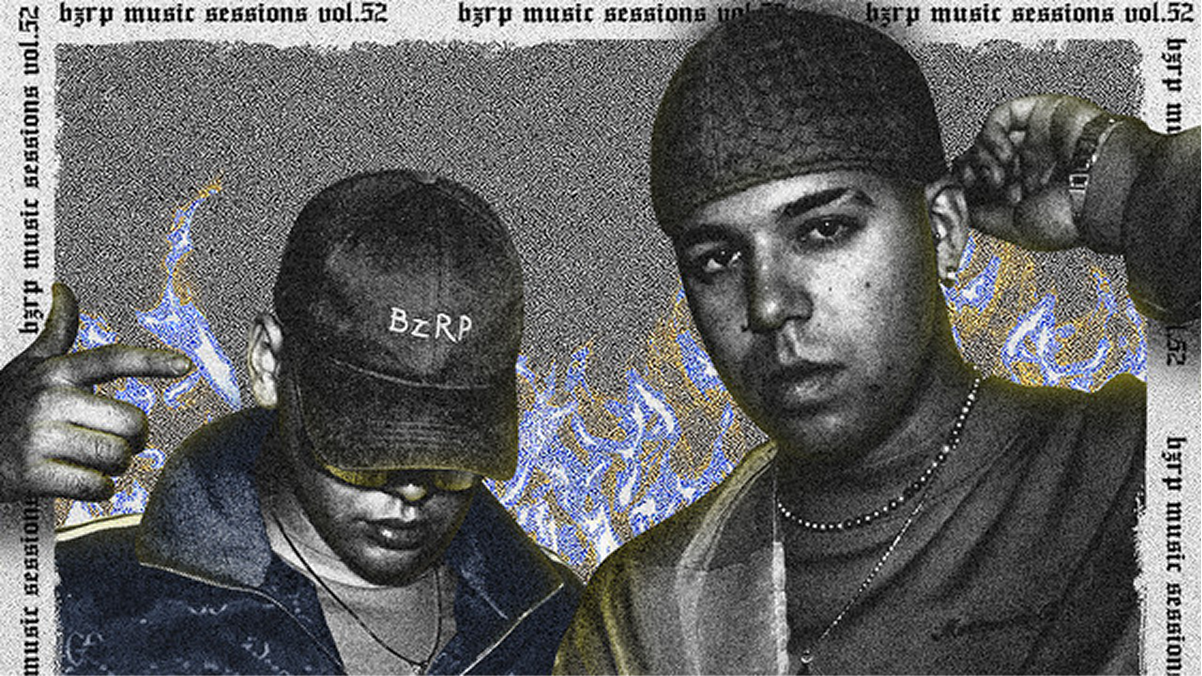

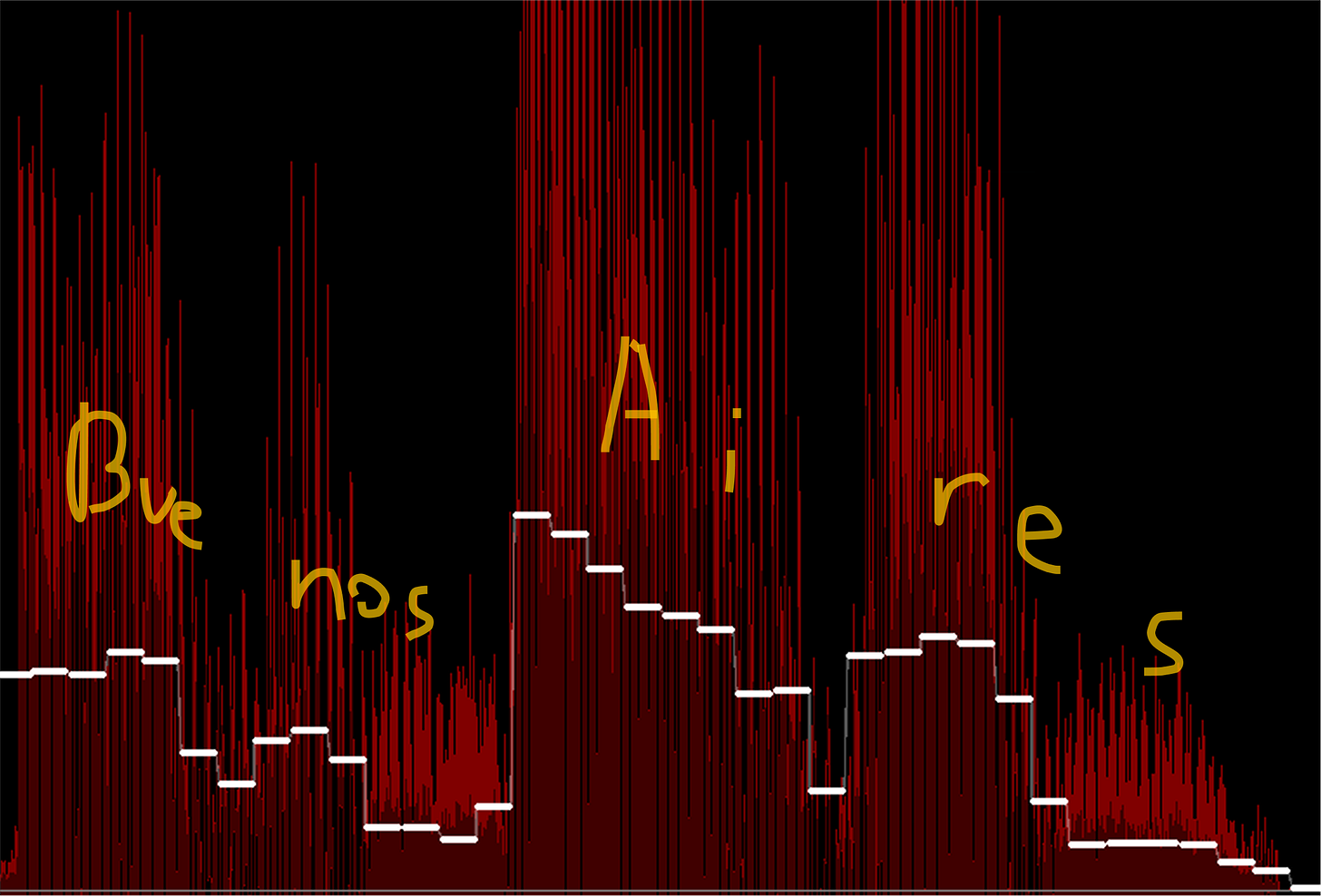




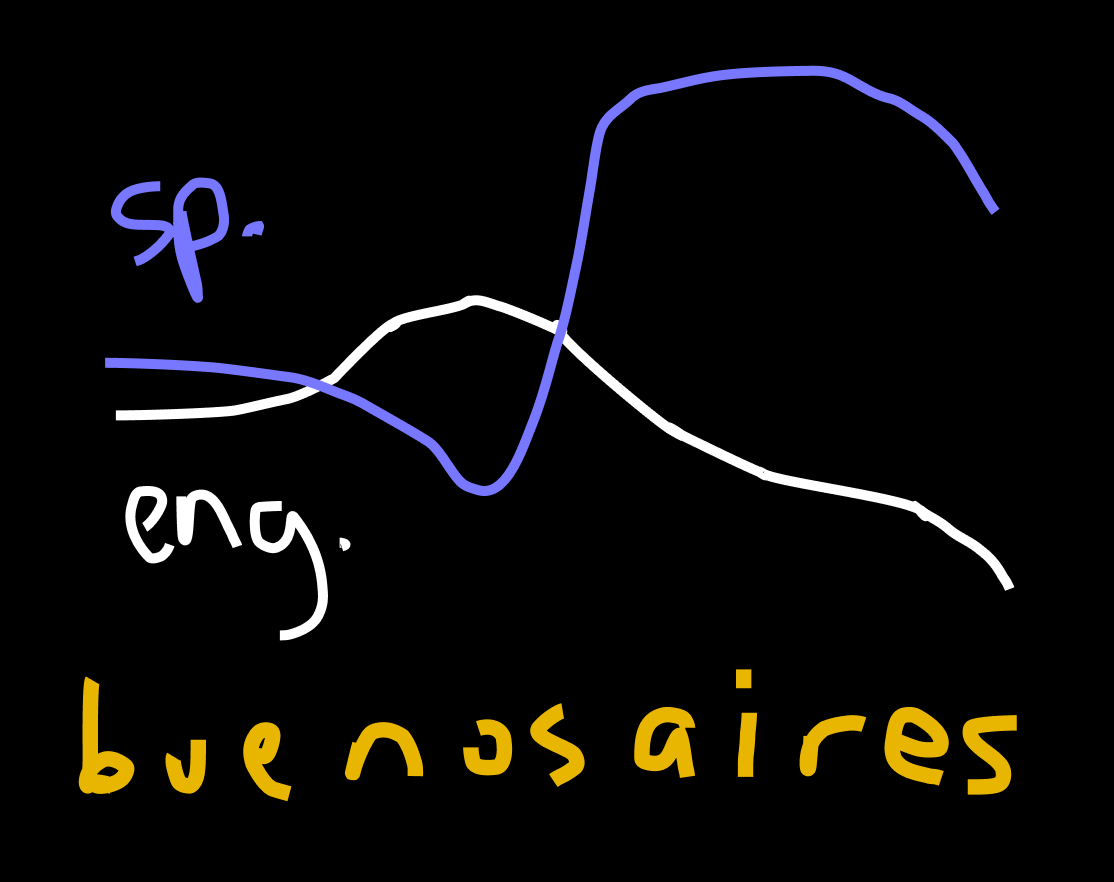





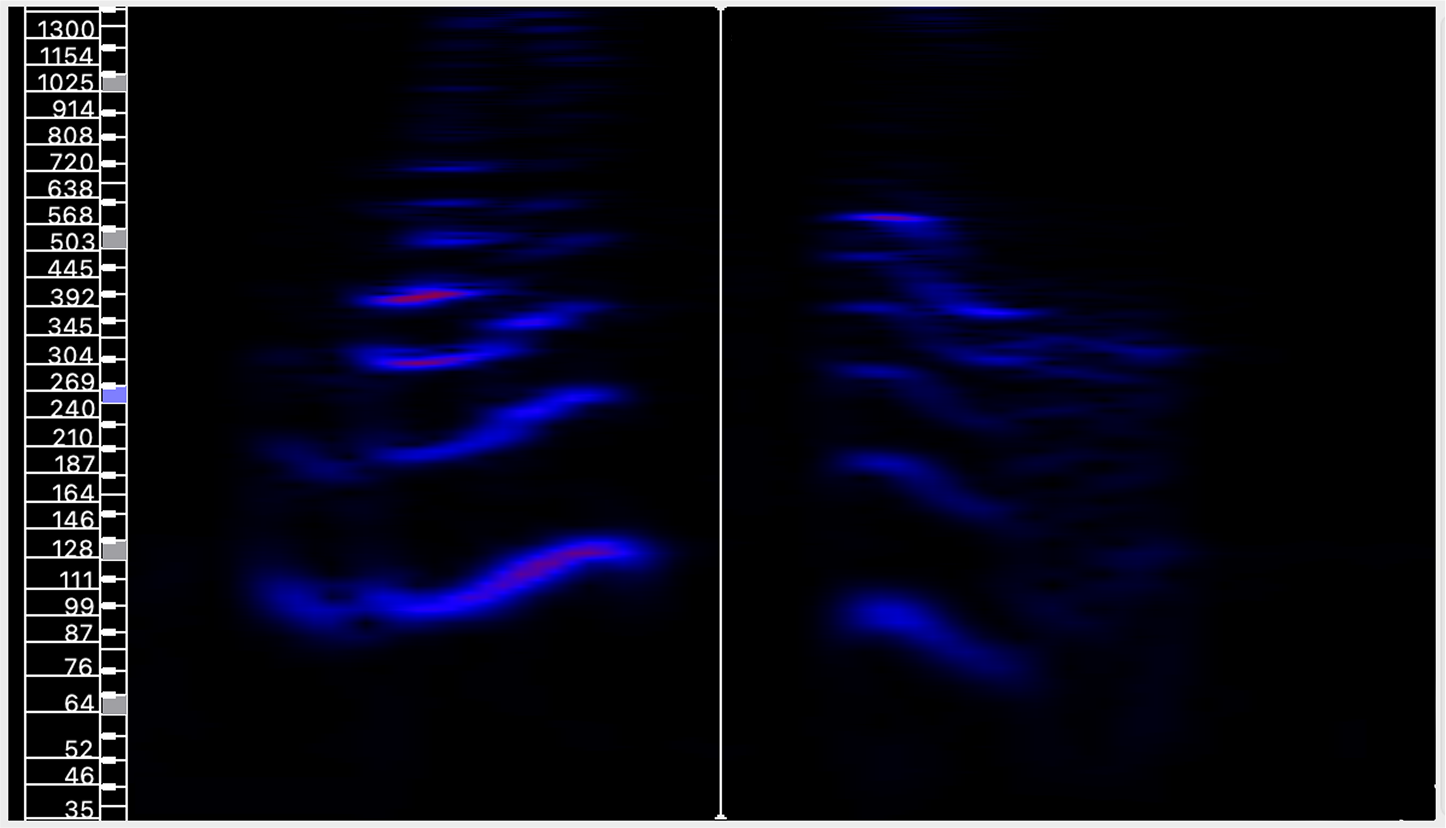
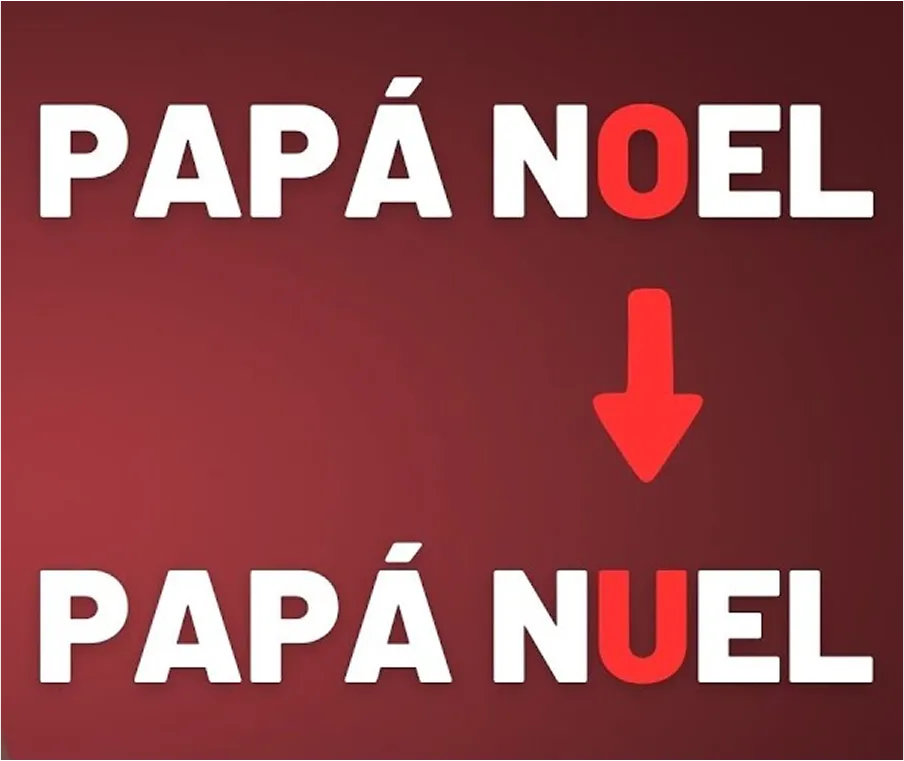

…standing round of applause - what an entertaining article Leo and so so informative…makes me want to fly to bwe nos eye rey immediately…
The long fall reminds me of Italian American accents similar to the Sopranos—fascinating essay.